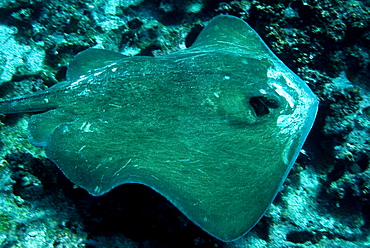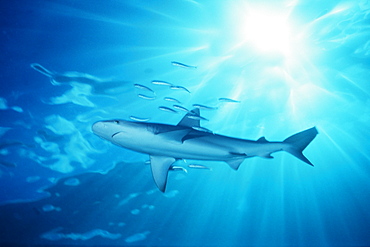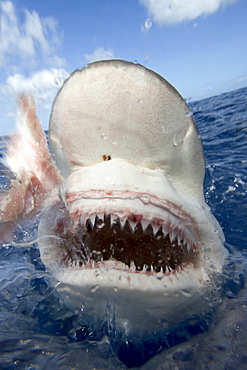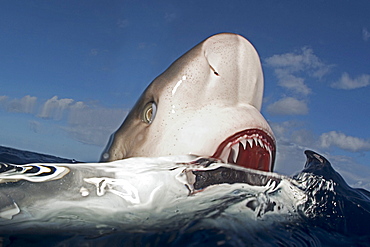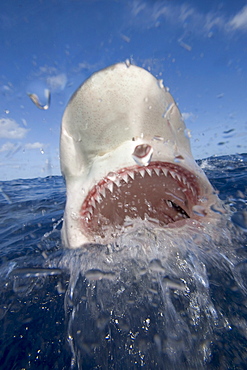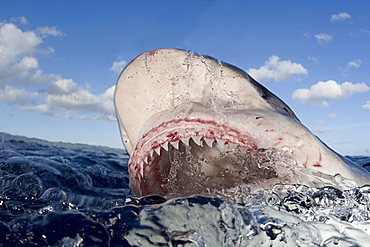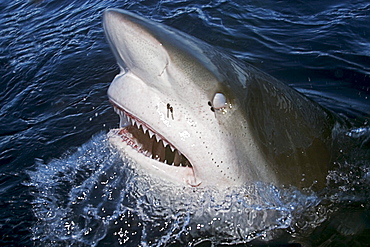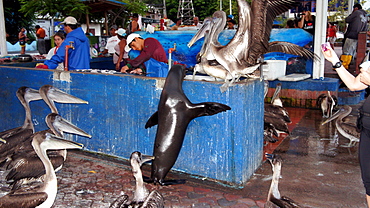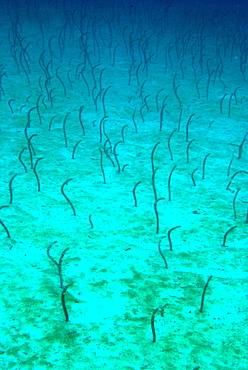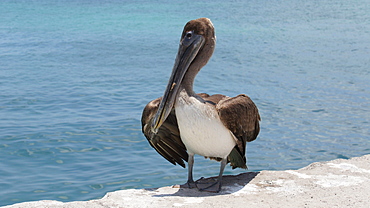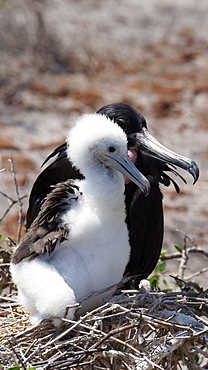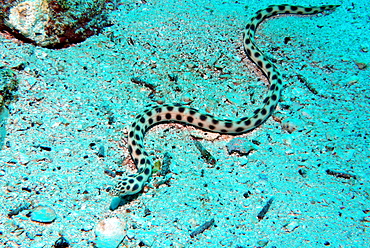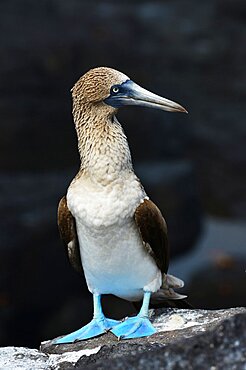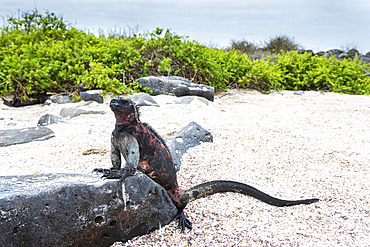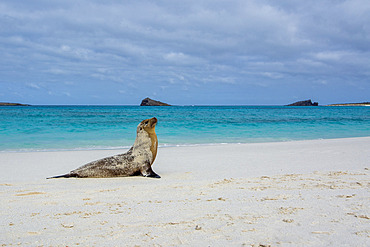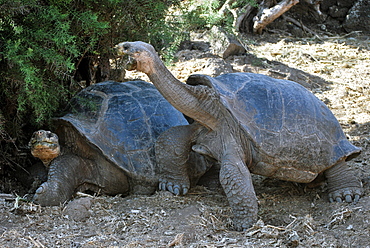Results
« Previous 1 2 3
276 results found
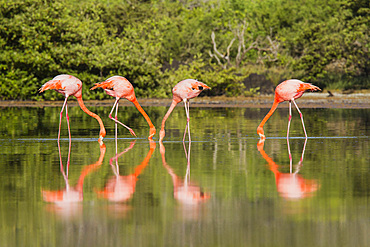
Greater flamingos (Phoenicopterus ruber) foraging for small pink shrimp in saltwater lagoon in the Galapagos Islands, UNESCO World Heritage Site, Ecuador, South America
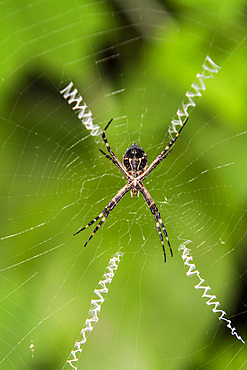
Macro photograph of a spider (Order Araneae) in the Galapagos Island Archipelago, UNESCO World Heritage Site, Ecuador, South America
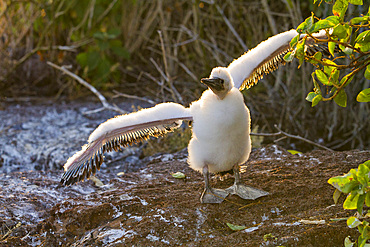
Nazca booby (Sula grantii) downy chick stretching its wings to gather strength for flight in the Galapagos Islands, UNESCO World Heritage Site, Ecuador, South America
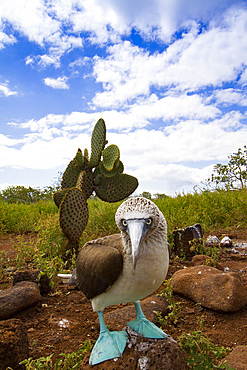
Adult blue-footed booby (Sula nebouxii) in the Galapagos Island Archipelago, UNESCO World Heritage Site, Ecuador, South America
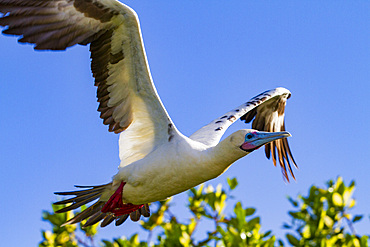
Adult red-footed booby (Sula sula) in flight in the Galapagos Island Archipelago, UNESCO World Heritage Site, Ecuador, South America
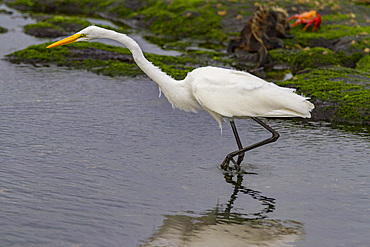
Adult great egret (Ardea alba egretta) feeding at low tide in the Galapagos Island Archipelago, UNESCO World Heritage Site, Ecuador, South America
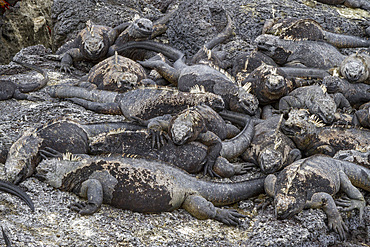
The endemic Galapagos marine iguana (Amblyrhynchus cristatus) in the Galapagos Island Archipelago, UNESCO World Heritage Site, Ecuador, South America
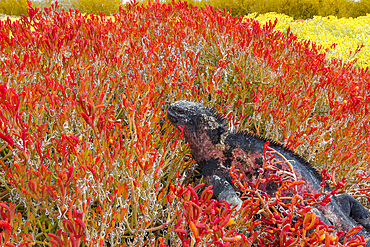
The endemic Galapagos marine iguana (Amblyrhynchus cristatus) on Espanola Island in the Galapagos Islands, UNESCO World Heritage Site, Ecuador, South America
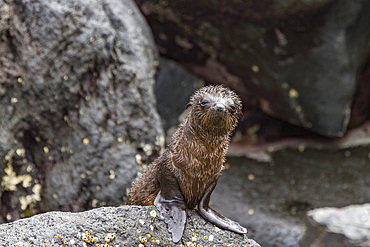
Galapagos fur seal (Arctocephalus galapagoensis) hauled out on lava flow in the Galapagos Island Archipelago, UNESCO World Heritage Site, Ecuador, South America

The endemic Galapagos marine iguana (Amblyrhynchus cristatus) in the Galapagos Island Archipelago, UNESCO World Heritage Site, Ecuador, South America
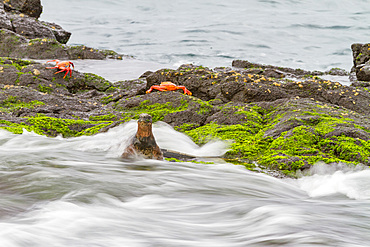
The endemic Galapagos marine iguana (Amblyrhynchus cristatus) in the Galapagos Island Archipelago, UNESCO World Heritage Site, Ecuador, South America
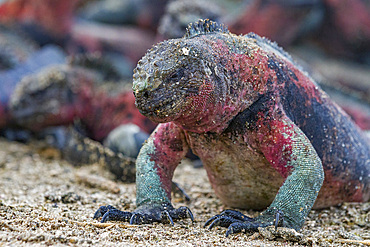
The endemic Galapagos marine iguana (Amblyrhynchus cristatus) on Espanola Island in the Galapagos Islands, UNESCO World Heritage Site, Ecuador, South America
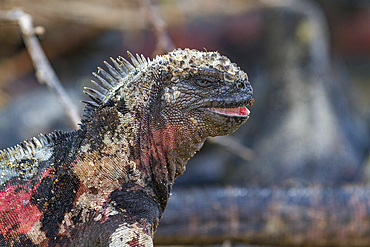
The endemic Galapagos marine iguana (Amblyrhynchus cristatus) on Espanola Island in the Galapagos Islands, UNESCO World Heritage Site, Ecuador, South America
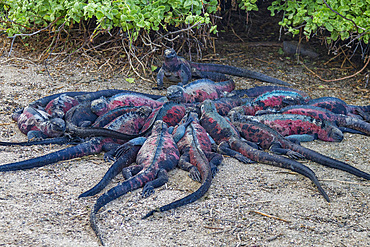
The endemic Galapagos marine iguana (Amblyrhynchus cristatus) on Espanola Island in the Galapagos Islands, UNESCO World Heritage Site, Ecuador, South America
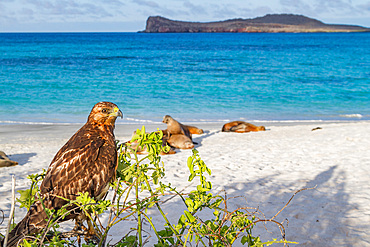
Young Galapagos hawk (Buteo galapagoensis) in the Galapagos Island Archipelago, UNESCO World Heritage Site, Ecuador, South America
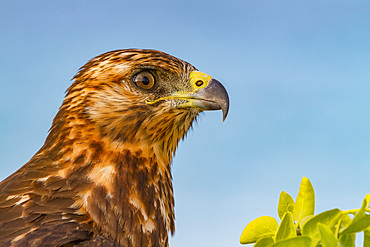
Young Galapagos hawk (Buteo galapagoensis) in the Galapagos Island Archipelago, UNESCO World Heritage Site, Ecuador, South America
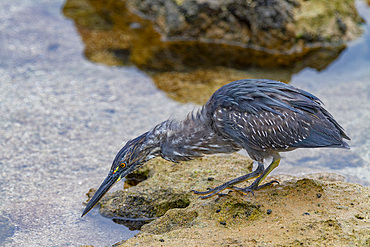
Galapagos heron (Butorides sundevalli) fishing along the lava shore in the Galapagos Islands, UNESCO World Heritage Site, Ecuador, South America
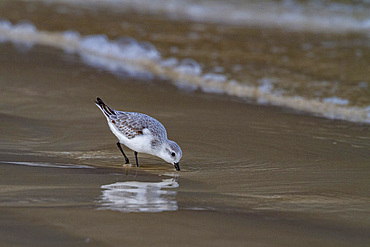
Adult sanderling (Calidris alba) feeding on the tidal flat in the Galapagos Island Archipelago, UNESCO World Heritage Site, Ecuador, South America
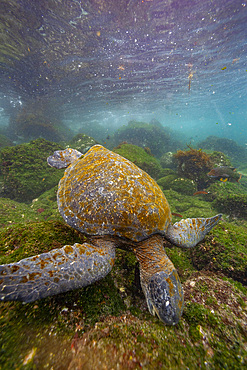
Adult green sea turtle (Chelonia mydas agassizii) underwater off the west side of Isabela, Galapagos Islands, UNESCO World Heritage Site, Ecuador, South America
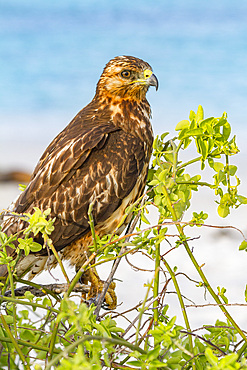
Young Galapagos hawk (Buteo galapagoensis) in the Galapagos Island Archipelago, UNESCO World Heritage Site, Ecuador, South America
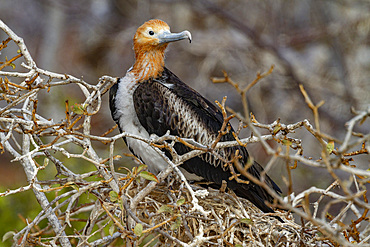
Juvenile great frigatebird (Fregata minor) in the Galapagos Island Archipelago, UNESCO World Heritage Site, Ecuador, South America
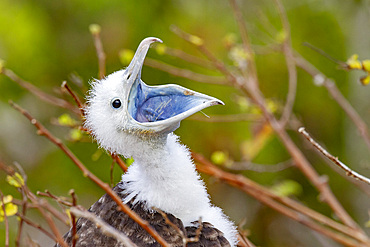
Great frigatebird (Fregata minor) chick in the nest in the Galapagos Island Archipelago, UNESCO World Heritage Site, Ecuador, South America
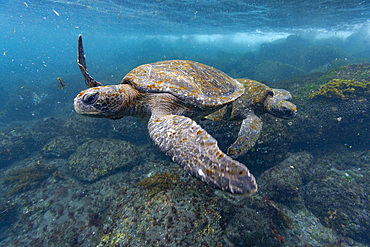
Adult green sea turtles (Chelonia mydas agassizii) underwater off the west side of Isabela, Galapagos Islands, UNESCO World Heritage Site, Ecuador, South America
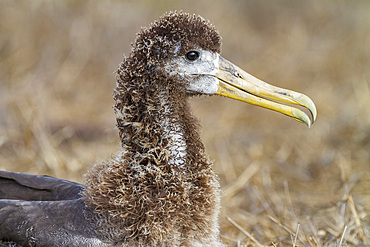
Waved albatross (Diomedea irrorata) chick almost ready for flight at breeding colony on Espanola Island, Galapagos Islands, UNESCO World Heritage Site, Ecuador, South America
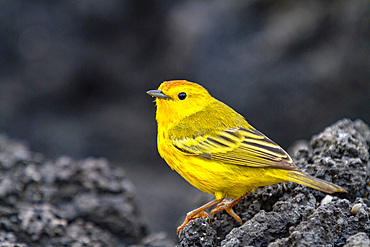
Adult male yellow warbler (Dendroica petechia aureola) in the Galapagos Island Archipelago, UNESCO World Heritage Site, Ecuador, South America
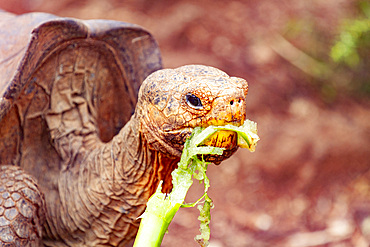
Captive Galapagos giant tortoise (Geochelone elephantopus) at the Charles Darwin Research Station, Galapagos, UNESCO World Heritage Site, Ecuador, South America
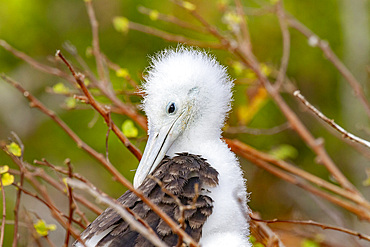
Great frigatebird (Fregata minor) chick in the nest in the Galapagos Island Archipelago, UNESCO World Heritage Site, Ecuador, South America
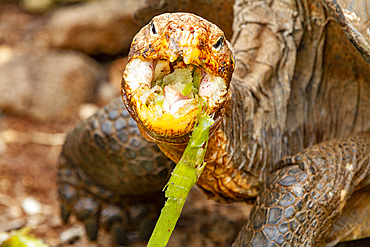
Captive Galapagos giant tortoise (Geochelone elephantopus) at the Charles Darwin Research Station, Galapagos, UNESCO World Heritage Site, Ecuador, South America
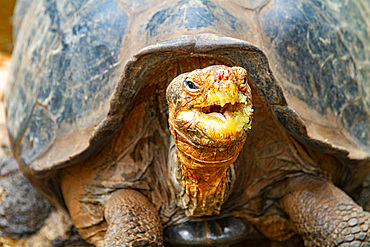
Captive Galapagos giant tortoise (Geochelone elephantopus) at the Charles Darwin Research Station, Galapagos, UNESCO World Heritage Site, Ecuador, South America
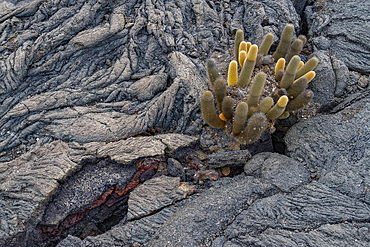
The endemic lava cactus (Brachycereus spp) cactus growing in the Galapagos Island Archipelago, UNESCO World Heritage Site, Ecuador, South America

Wild Galapagos giant tortoise (Geochelone elephantopus) feeding on the upslope grasslands of Santa Cruz Island, Galapagos, UNESCO World Heritage Site, Ecuador, South America
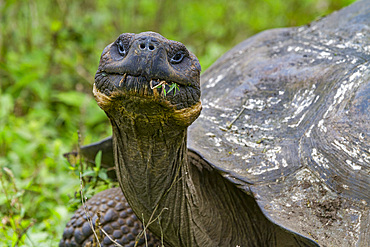
Wild Galapagos giant tortoise (Geochelone elephantopus) feeding on the upslope grasslands of Santa Cruz Island, Galapagos, UNESCO World Heritage Site, Ecuador, South America
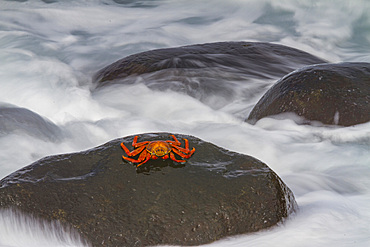
Sally lightfoot crab (Grapsus grapsus) in the littoral of the Galapagos Island Archipelago, UNESCO World Heritage Site, Ecuador, South America
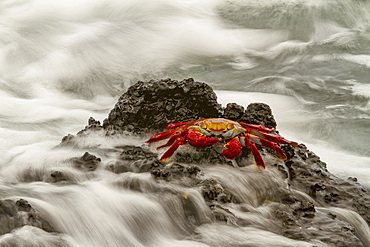
Sally lightfoot crab (Grapsus grapsus) in the littoral of the Galapagos Island Archipelago, UNESCO World Heritage Site, Ecuador, South America
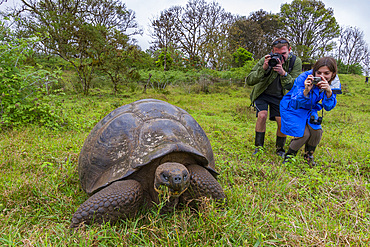
Tourists photographing a wild Galapagos giant tortoise (Geochelone elephantopus) feeding on the upslope grasslands of Santa Cruz Island, Galapagos, UNESCO World Heritage Site, Ecuador, South America

Tourist photographing a wild Galapagos giant tortoise (Geochelone elephantopus) feeding on the upslope grasslands of Santa Cruz Island, Galapagos, UNESCO World Heritage Site, Ecuador, South America
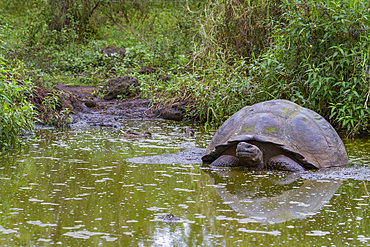
Wild Galapagos giant tortoise (Geochelone elephantopus) feeding on the upslope grasslands of Santa Cruz Island, Galapagos, UNESCO World Heritage Site, Ecuador, South America
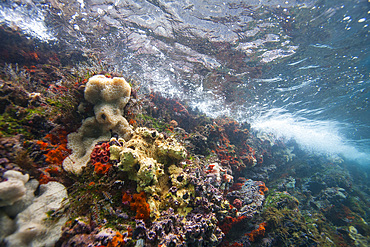
Underwater scenes from the Galapagos Island Archipelago, UNESCO World Heritage Site, Ecuador, South America
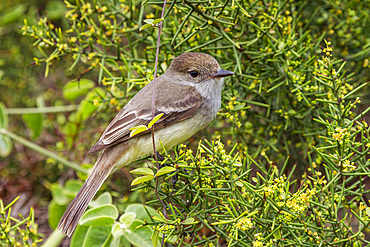
Adult Galapagos flycatcher (Large-billed flycatcher) (Myiarchus magnirostris) in the Galapagos Island Archipelago, UNESCO World Heritage Site, Ecuador, South America
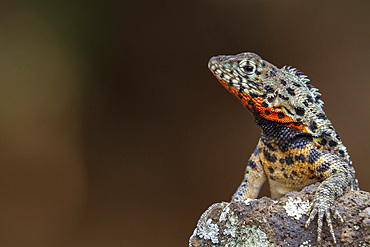
Lava lizard (Microlophus spp) in the Galapagos Island Archipelago, UNESCO World Heritage Site, Ecuador, South America
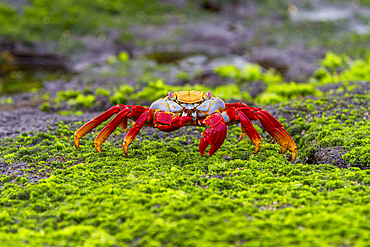
Sally lightfoot crab (Grapsus grapsus) in the littoral of the Galapagos Island Archipelago, UNESCO World Heritage Site, Ecuador, South America
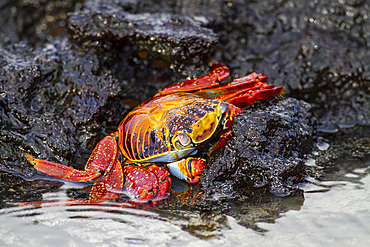
Sally lightfoot crab (Grapsus grapsus) in the littoral of the Galapagos Island Archipelago, UNESCO World Heritage Site, Ecuador, South America
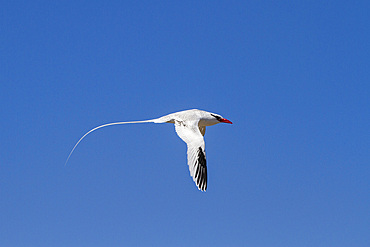
Adult red-billed tropicbird (Phaethon aethereus) in flight in the Galapagos Island Archipelago, UNESCO World Heritage Site, Ecuador, South America
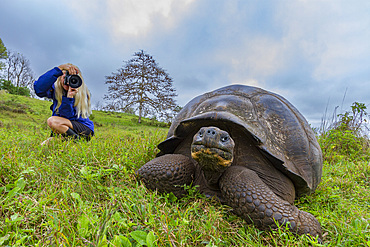
Tourist photographing a wild Galapagos giant tortoise (Geochelone elephantopus) feeding on the upslope grasslands of Santa Cruz Island, Galapagos, UNESCO World Heritage Site, Ecuador, South America
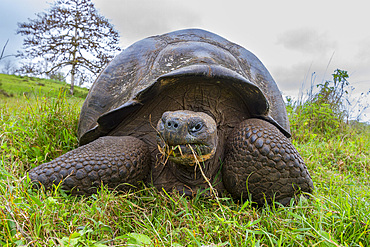
Wild Galapagos giant tortoise (Geochelone elephantopus) feeding on the upslope grasslands of Santa Cruz Island, Galapagos, UNESCO World Heritage Site, Ecuador, South America
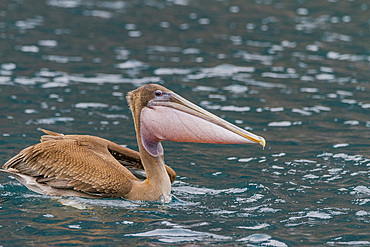
Juvenile Galapagos brown pelican (Pelecanus occidentalis urinator), smallest species of pelican worldwide, feeding in the Galapagos Island Archipelago, UNESCO World Heritage Site, Ecuador, South America
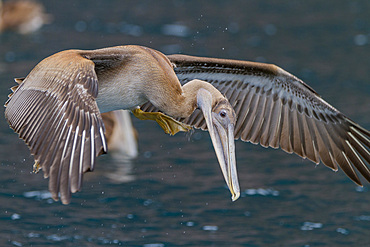
Juvenile Galapagos brown pelican (Pelecanus occidentalis urinator), smallest species of pelican worldwide, feeding in the Galapagos Island Archipelago, UNESCO World Heritage Site, Ecuador, South America
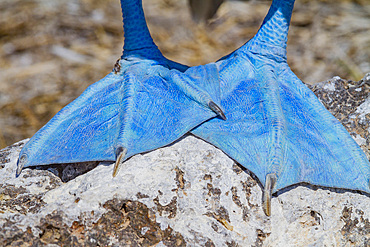
Blue-footed booby (Sula nebouxii) showing blue feet in the Galapagos Island Archipelago, UNESCO World Heritage Site, Ecuador, South America
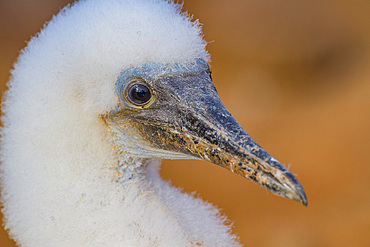
Blue-footed booby (Sula nebouxii) newly hatched chick in the Galapagos Island Archipelago, UNESCO World Heritage Site, Ecuador, South America
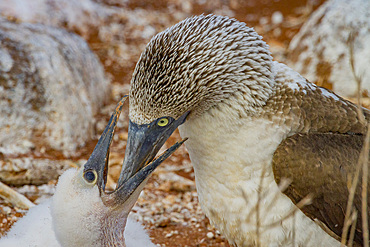
Adult blue-footed booby (Sula nebouxii) feeding chick in the Galapagos Island Archipelago, UNESCO World Heritage Site, Ecuador, South America
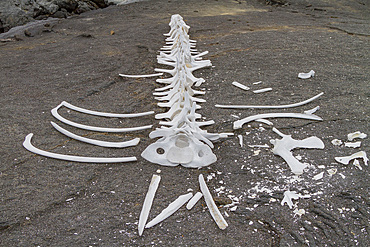
Baleen whale skeleton, most likely a young Bryde's whale, on lava flow in the Galapagos Island Archipelago, UNESCO World Heritage Site, Ecuador, South America
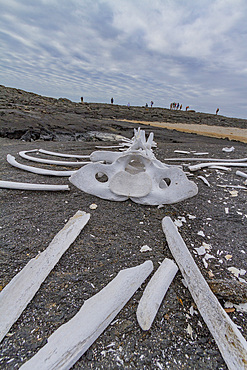
Baleen whale skeleton, most likely a young Bryde's whale, on lava flow in the Galapagos Island Archipelago, UNESCO World Heritage Site, Ecuador, South America
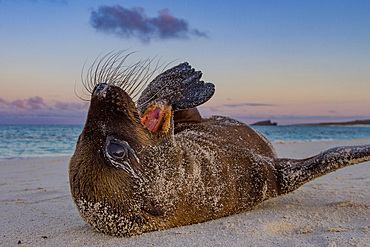
Galapagos sea lion (Zalophus wollebaeki) pup in the Galapagos Island Archipelago, UNESCO World Heritage Site, Ecuador, South America
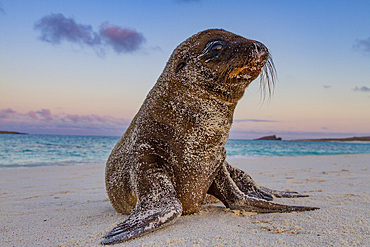
Galapagos sea lion (Zalophus wollebaeki) pup in the Galapagos Island Archipelago, UNESCO World Heritage Site, Ecuador, South America
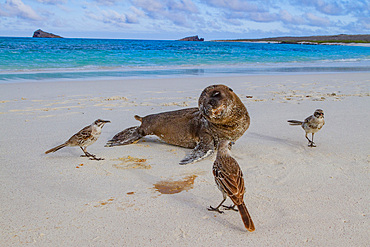
Galapagos sea lion (Zalophus wollebaeki) pup in the Galapagos Island Archipelago, UNESCO World Heritage Site, Ecuador, South America
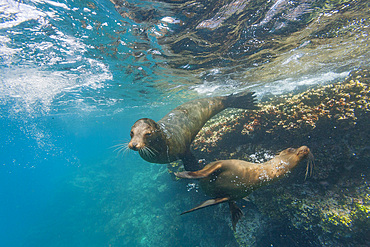
Galapagos sea lion (Zalophus wollebaeki) underwater in the Galapagos Island Archipelago, UNESCO World Heritage Site, Ecuador, South America
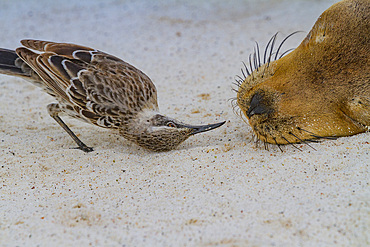
Galapagos sea lion (Zalophus wollebaeki) pup and curious bird, Galapagos Island Archipelago, UNESCO World Heritage Site, Ecuador, South America
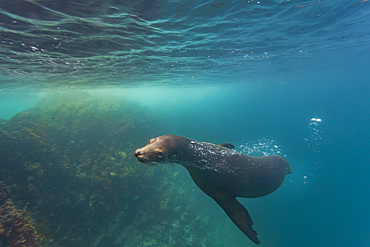
Galapagos sea lion (Zalophus wollebaeki) underwater in the Galapagos Island Archipelago, UNESCO World Heritage Site, Ecuador, South America
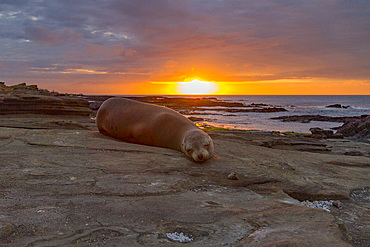
Galapagos sea lion (Zalophus wollebaeki) resting on lava at sunset in the Galapagos Island Archipelago, UNESCO World Heritage Site, Ecuador, South America
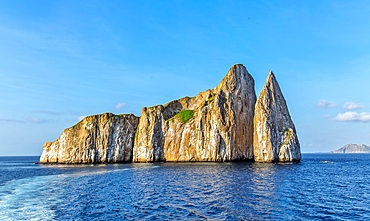
Kicker Rock, a volcanic formation near the island of San Cristobal, a popular spot for snorkelling, Galapagos Islands, UNESCO World Heritage Site, Ecuador, South America
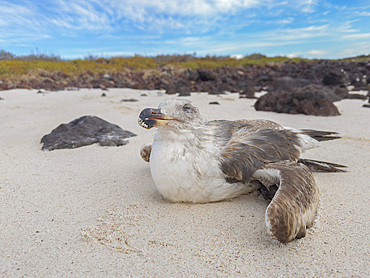
Injured juvenile yellow-footed gull (Larus livens), on Isla Coronado, Baja California Sur, Sea of Cortez, Mexico, North America
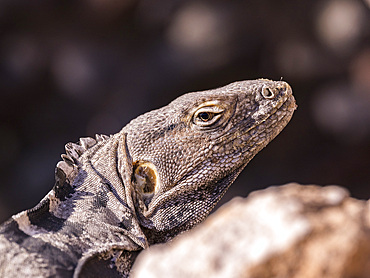
Adult San Esteban spiny-tailed iguana (Ctenosaura conspicuosa), endemic to Isla San Esteban, Baja California, Mexico, North America
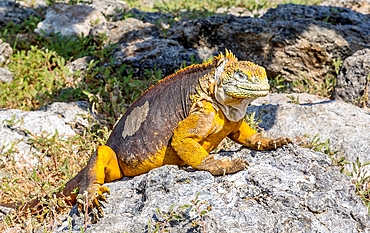
Galapagos Land Iguana (Conolophus subcristatus), large lizard can can grow to five feet long and live for 60 years, South Plaza island, Galapagos, UNESCO World Heritage Site, Ecuador, South America
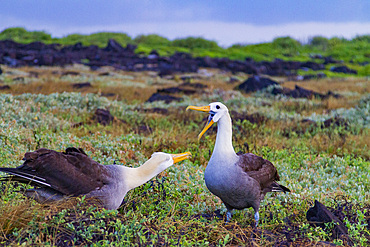
Adult waved albatross (Diomedea irrorata) at breeding colony on Espanola Island, Galapagos Island Archipelago, UNESCO World Heritage Site, Ecuador, South America
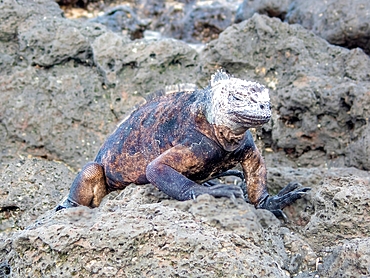
Galapagos Marine Iguana (Amblyrhynchus cristatus) Santa Cruz island, Galapagos, UNESCO World Heritage Site, Ecuador, South America
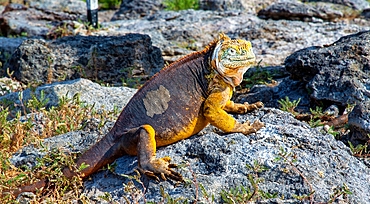
Galapagos Land Iguana (conolophus subcristatus), a large lizard species, that can grow up to five feet long and live 60 years, Galapagos, UNESCO World Heritage Site, Ecuador, South America
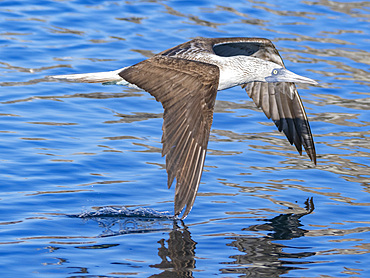
Blue-footed booby (Sula nebouxii), in flight near Isla Salsipuedes, Baja California, Sea of Cortez, Mexico, North America
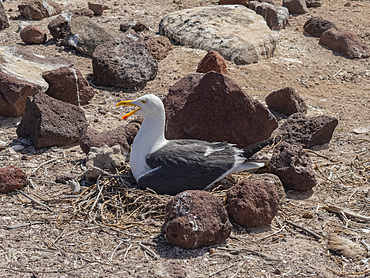
Yellow-footed gull (Larus livens), on its nest on Isla Coronado, Baja California Sur, Sea of Cortez, Mexico, North America
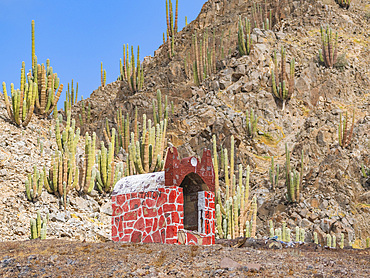
Small shrine in Puerto Refugio on the northern end of Angel de la Guarda Island, Baja California, Sea of Cortez, Mexico, North America
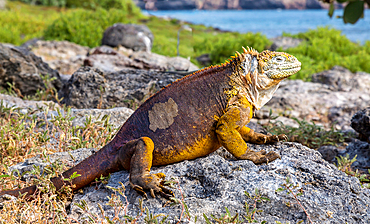
Galapagos Land Iguana (Conolophus subcristatus), large lizard can can grow to five feet long and live for 60 years, South Plaza island, Galapagos, UNESCO World Heritage Site, Ecuador, South America
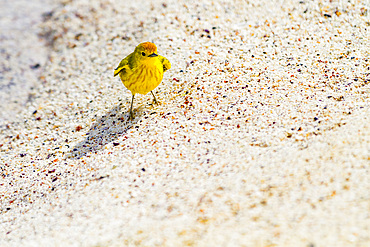
Adult yellow warbler (Dendroica petechia aureola) in the Galapagos Island Archipelago, UNESCO World Heritage Site, Ecuador, South America
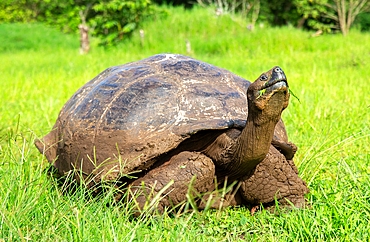
Galapagos Giant Tortoise (Chelonoidis chathamensis), can live for over 100 years, on San Cristobal island, Galapagos, UNESCO World Heritage Site, Ecuador, South America
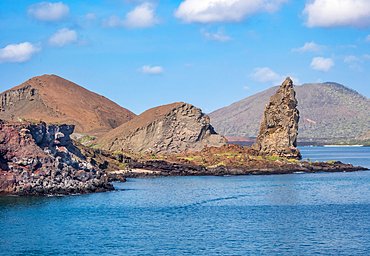
Pinnacle Rock, a volcanic plug on Bartolome Island, one of the most spectacular features of the Galapagos islands, UNESCO World Heritage Site, Ecuador, South America
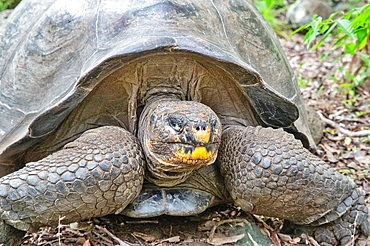
Galapagos Giant Tortoise (Geochelone chatamensis), can live to 100 years, on San Cristobal Island, Galapagos, UNESCO World Heritage Site, Ecuador, South America
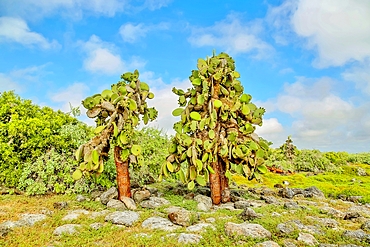
Opuntia (Prickly Pear) cacti on South Plaza island, Galapagos, UNESCO World Heritage Site, Ecuador, South America

Guadalupe fur seals (Arctocephalus townsendi), at new haul out on Las Animas Island, Baja California Sur, Sea of Cortez, Mexico, North America
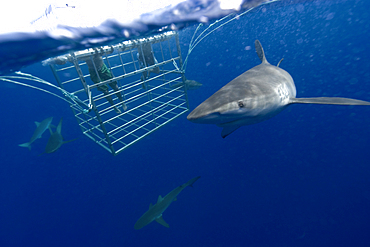
Thrill seekers experience cage diving with Galapagos sharks, Carcharhinus galapagensis, North shore, Oahu, Hawaii, USA
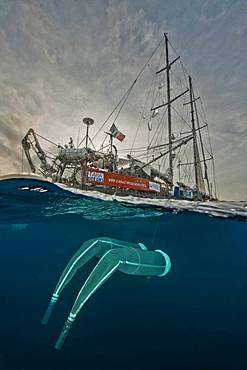
Tara Oceans Expeditions - May 2011. Tara with deployed plancton nets. On "station", the boat is drifting without engine or sails. Tara Oceans, a unique expedition: Tara Oceans is the very first attempt to make a global study of marine plankton, a form of sea life that includes organisms as small as viruses and bacterias, and as big as medusas. Our goal is to better understand planktonic ecosystems by exploring the countless species, learning about interactions among them and with their environment. Marine plankton is the only ecosystem that is almost continuous over the surface of the Earth. Studying plankton is like taking the pulse of our planet. Recently, scientists have discovered the great importance of plankton for the climate: populations of plankton are affected very rapidly by variations in climate. But in turn they can influence the climate by modifying the absorption of carbon. In a context of rapid physico-chemical changes, for example the acidification observed today in the world's oceans, it is urgent to understand and predict the evolution of these particular ecosystems. Finally, plankton is an astonishing way of going back in time ? a prime source of fossils. Over the eons, plankton has created several hundred meters of sediment on the ocean floors. This allows us to go back in time, to the first oceans on Earth, and better understand the history of our biosphere. More than 12 fields of research are involved in the project, which will bring together an international team of oceanographers, ecologists, biologists, geneticists, and physicists from prestigious laboratories headed by Eric Karsenti of the European Molecular Biology Laboratory. Galapagos
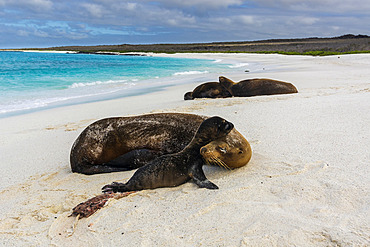
A Galapagos sea lion, Zalophus californianus wollebaeki, on a sandy beach, with its newborn, Espanola Island, Galapagos islands, Ecuador.
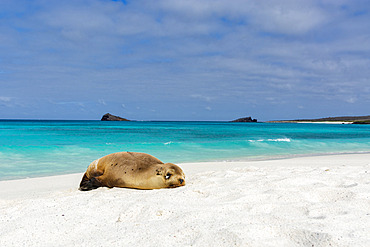
A juvenile Galapagos sea lion, Zalophus californianus wollebaeki, resting on a sandy beach, Espanola Island, Galapagos islands, Ecuador.
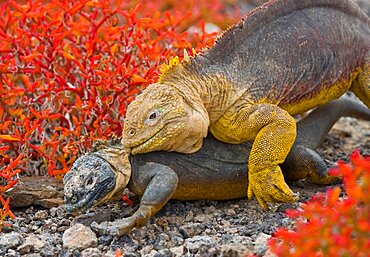
Galapagos land iguanas (Conolophus subcristatus) mating. Galapagos Islands. Pacific Ocean. Ecuador..
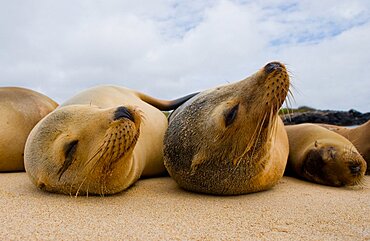
Group of Galapagos sea lions (Zalophus wollebaeki) are lying on the sand. Galapagos Islands. Pacific Ocean. Ecuador.
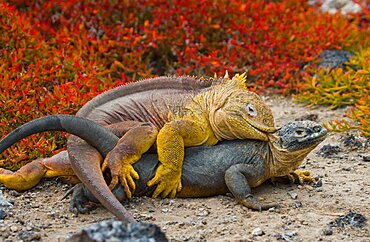
Galapagos land iguanas (Conolophus subcristatus) mating. Galapagos Islands. Pacific Ocean. Ecuador..
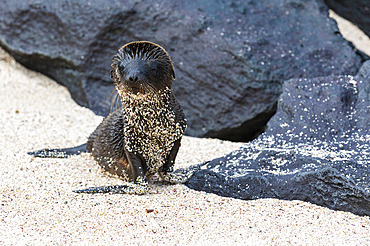
Galapagos Sea Lion (Zalophus californianus wollebaeki), Punta Suarez, Espanola Island, Galapagos islands, Ecuador.
